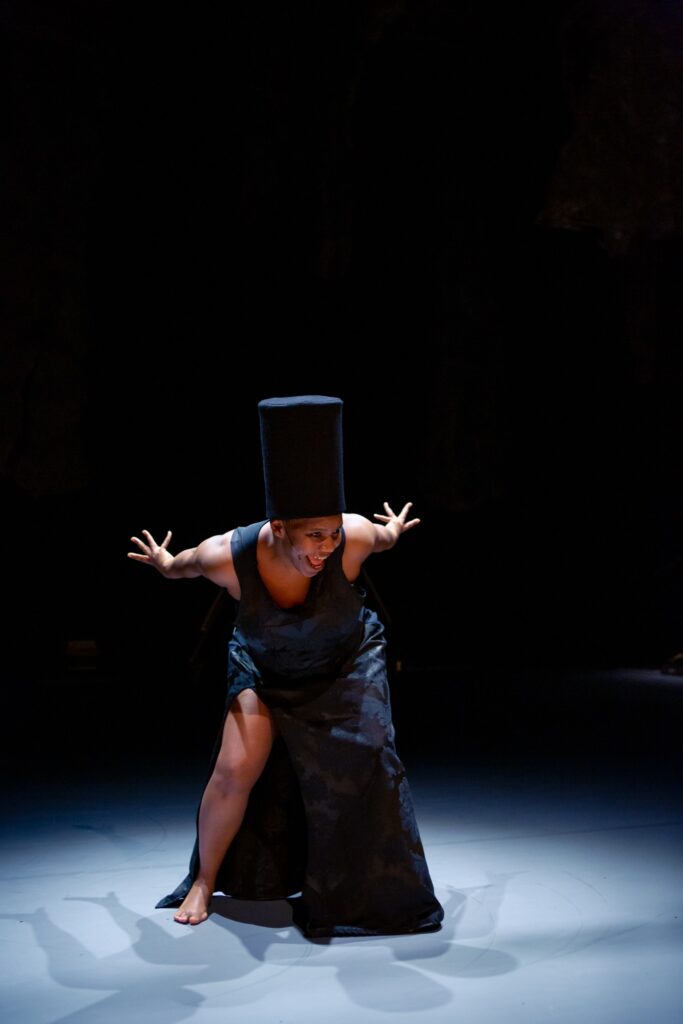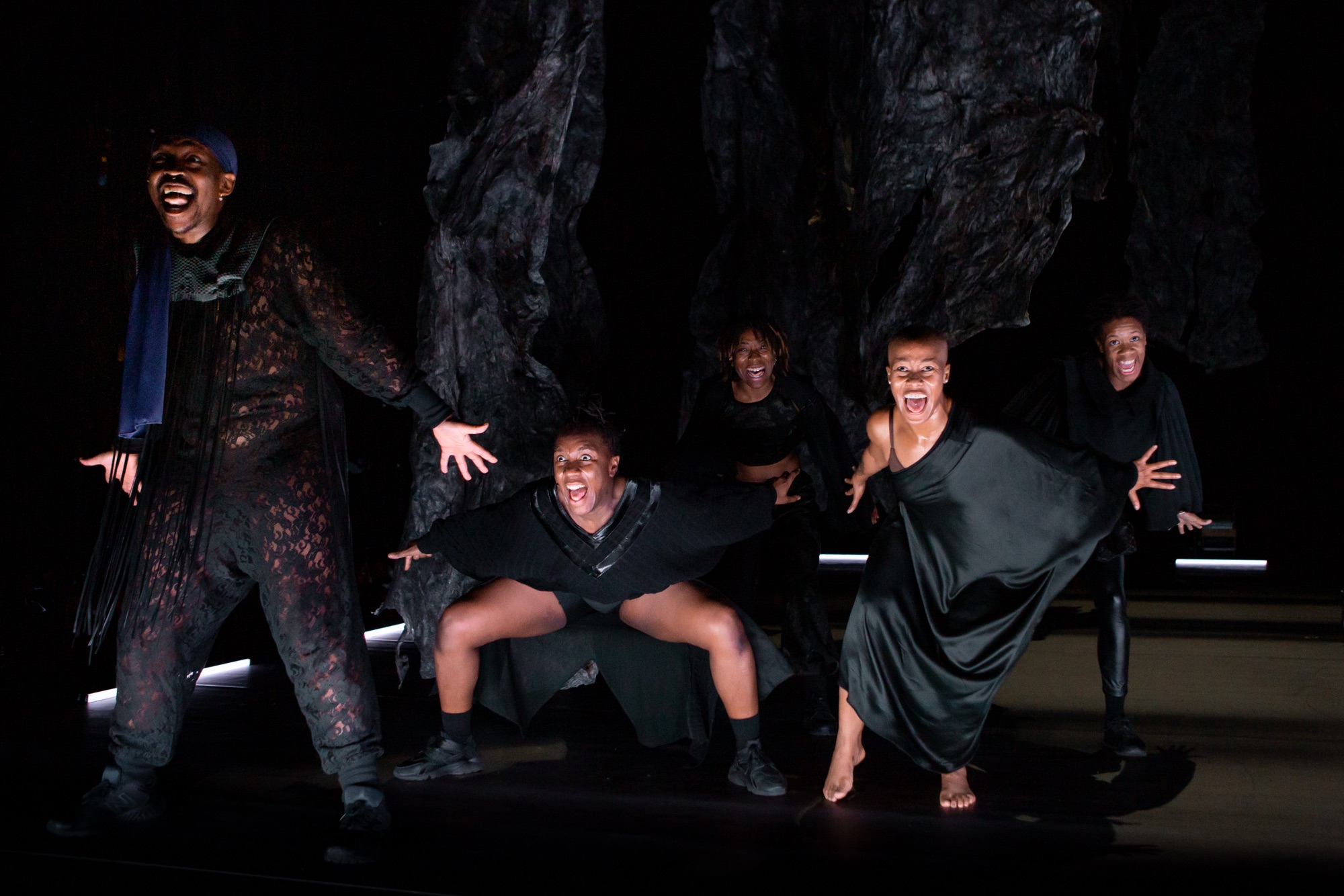Words by Eoin Fenton.
The shebeen, a place where people buy and drink alcohol in an unlicensed venue, is a little innovation of social criminality found across the world. Originally found in Ireland — síbín meaning ‘illegal whiskey’ or ‘speakeasy’ in the Irish language — the concept spread as far as the Irish did, from Canada to New Zealand and all lands in between. The spelling changed but the spirit, and spirits, largely remained the same: a communal space for working class and colonised peoples to let loose.
In South Africa the shebeen became especially popular. Typically selling a corn beer called Umqombothi, South Africans loved them so much that many shebeens still exist in a fully licensed form. One woman linked to the shebeen since birth was singer and political exile Miriam Makeba, one of South Africa’s most beloved icons and the daughter of a ‘Shebeen Queen’.
Alesandra Seutin celebrates the legacy of Makeba and the shebeen in her newest work Mimi’s Shebeen, which premieres in London at the end of October. Known for her blending of both codified and popular techniques across both Europe and Africa, below are some of Suetin’s insights to her newest creation.
Q: What drew you to making a work that’s quite firmly planted in South African culture?
A: In 2015 my Southern African mother lay sick in a hospital bed, started singing, smiled and said ‘this is Makeba’, and asked me to bring the song. So I went online and played the song through my phone. This became one of our moments of music in her hospital bed, listening to Miriam Makeba, which I had not since childhood! Being the curious artist I am, I delved into research about Miriam as I was off-projects to care for my mum. I discovered so much about Miriam and imagined that I could share about it somehow. That was in 2015, I put all my research on files and boxes and left it to marinate.
Q: Miriam Makeba spent many years of her life in exile from South Africa for her political beliefs, can we expect to see a political work in Mimi’s Shebeen?
A: Absolutely! Already the politics of working with dancers from the global South and diaspora is political! Miriam Makeba is political! Mimi’s Shebeen through its theme of life, death, ritual, exile and immigration will be political.
Makeba’s songs, the thought provoking poems written by Lebogang Mashile and Lisette Maneza tackle very urgent and relevant issues.
Q: There’s a plethora of collaborators involved in the making of this work, how was this process of collaboration in making Mimi’s Shebeen?
A: It was a very organic process, I had the box and files that had been marinating for years with music, documentaries, write ups, archives, images of Miriam Makeba and other protagonists. All of my collaborators were honoured to delve into those, and to answer the same questions about life, death, memories and rituals. All of their imaginaries, passions, stories and experiences are poured in this work.

Q: In your work there’s a rich blend of techniques and styles at play. What kind of sources have you pulled from in the process of creating the movement for Mimi’s Shebeen?
A: I created what I named the ‘Pan African Procession’: a series of twelve movements which takes its roots from patrimonial, sacral, street, club styles born out of black communities from diverse genders globally. This material became an everyday ritual for all involved in the process and also the creative base material for the majority of the sequences developed with the performers in the work. I also put a lot of emphasis on embodied voice work, which tackles voice, movement and memory in collaboration with my long time collaborator Randolph Matthews (UK).
Q: Your work has straddled both the continents of Europe and Africa. Do you find in an increasingly globalised world that there’s still different approaches to dance and dance training in both continents?
A: Yes there are and especially institutional versus non-institutional training in both of these continents. Africa is a gigantic continent and, depending on the colonies that took over the lands, the influences on training changes. But also from a geographical perspective: South to West, East to Central and North. Approaches vary from the streets, social events, the dance institutions; the ones who are independent versus the ones that are government-led, or the diverse European institutes.
Mimi’s Shebeen will have its UK premiere in Sadler’s Wells East (London), running from October 22-24.
